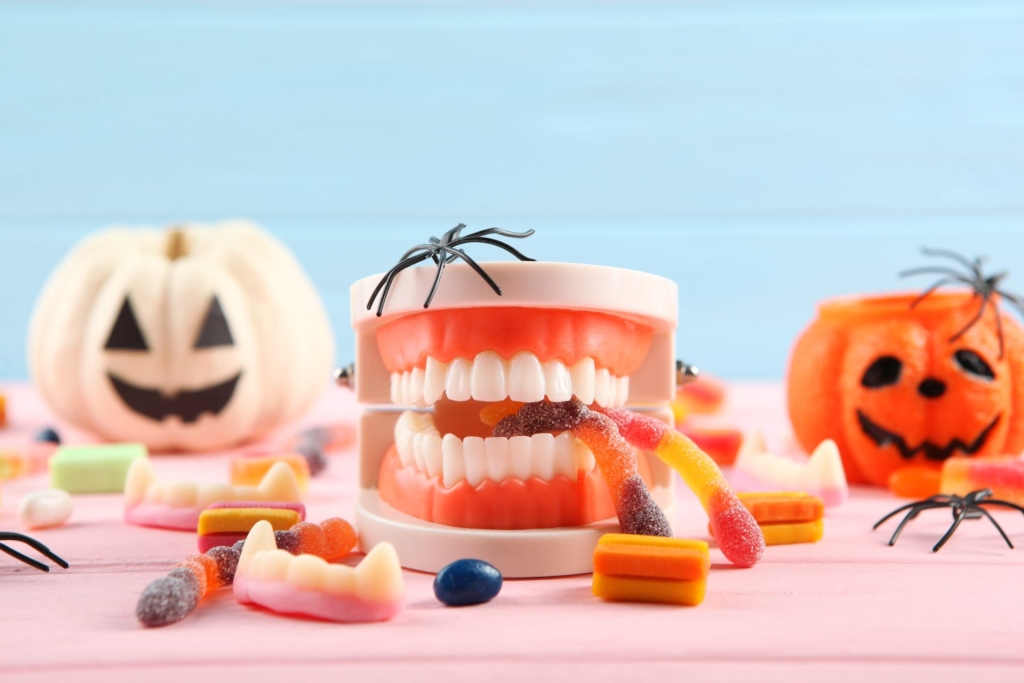Have you ever wondered why certain foods taste sweet, sour, salty, or bitter? The taste map of the tongue has been a fascinating topic of study for scientists, and understanding how our taste buds perceive flavors can be a journey. Let’s explore the science behind our tongue’s unique map!
The Basics of Taste:
Before we dive into the taste map, let’s review the basic tastes we experience:
- Bitter
- Sweet
- Salty
- Sour
- Umami (savory)
While most people notice a distinction between these categories of tastes, not everyone tastes things in the same way. That’s because of how taste buds detect certain molecules varies from person to person.
Debunking the “Taste Zones” Myth:
You may have heard about the idea of the tongue having different “zones” for each taste. However, scientific research has debunked this myth. Taste buds are scattered across the entire tongue, and each taste bud can detect all five basic tastes. The regions of the tongue may have slightly different sensitivities to different tastes, but there are no exclusive zones for specific flavors.
The Role of Taste Buds:
Taste buds play a crucial role in how we perceive flavors. Taste buds contain taste receptor cells, that can detect the chemicals in the foods we eat. So, when we consume something, molecules from the food bind to these receptors, triggering signals to the brain, which interprets the taste. Fun fact – Taste buds have a lifespan of about 10-14 days, new ones are constantly replacing the old ones!
Taste and the Brain:
The journey of taste doesn’t end with the tongue; it’s just the beginning. Once taste receptors on the tongue are activated, signals are sent to the brain’s gustatory cortex. Here, the brain processes and interprets the taste information, triggering emotional and physiological responses to the flavors we experience.
Taste and Genetics:
Each person’s taste preferences can be influenced by their genetic makeup, making certain tastes more appealing or less appealing. Some individuals might be more sensitive to bitter tastes, while others may have a heightened preference for sweet flavors. Check out this fun at-home experiment to test how your genetics might affect your taste.
Taste Bud Map Experiment:
- Draw the outline of a giant tongue on a piece of white paper with a red pencil. Set the paper aside.
- Set up four plastic cups, each on top of a piece of paper. Pour a little lemon juice (sour) into one cup, and a little tonic water (bitter) into another. Mix up sugar water (sweet) and salt water (salty) for the last two cups. Label each piece of paper with the name of the liquid in the cup—not with the taste.
- Using toothpicks, dip them in one of the cups. Place the stick on the tip of the tongue. Do you taste anything? What does it taste like?
- Dip again and repeat on the sides, flat surface, and back of the tongue. If experimenting with young ones, have them recognize the taste and where on their tongue the taste is the strongest, and then have them write the name of the taste—not the liquid—in the corresponding space on the drawing.
- Rinse mouth with some water and repeat this process with the rest of the liquids.
- Note: Help them fill in the “tongue map,” by writing in all the tastes. If they want to draw taste buds and color in the tongue, have them do that, too.
Remembers, our tongues play a vital role in our daily lives, from savoring delicious flavors to aiding in speech and communication. Taking care of our oral health, including our tongues, is crucial for overall well-being. Schedule an appointment with your NOAH provider today to embark on the path to better tongue health!


